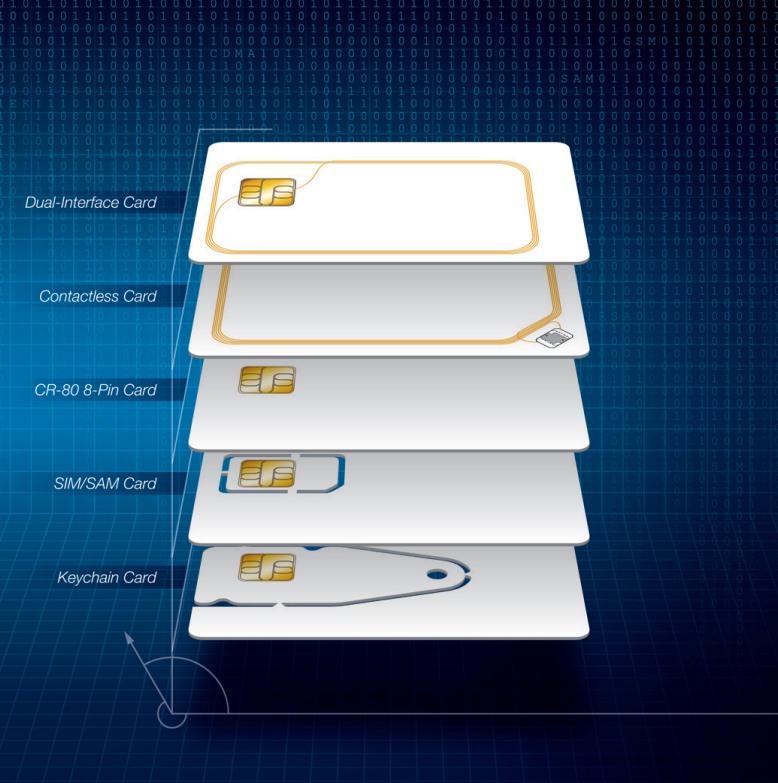
A smart card is a plastic card that has an embedded chip that can store and process information securely. It is widely used in various industries such as banking, healthcare, and government for secure identification, access control, and payment applications. Choosing the right smart card product can be a daunting task, but with the right information, you can make an informed decision that meets your specific needs. In this article, we will provide a comprehensive guide on how to select the best smart card product.
1. Card Type
The first step is to determine the type of card that suits your specific requirements. There are several card types available, such as memory cards, microprocessor cards, contactless cards, and hybrid cards. Memory cards store data on a chip that can be read and written to multiple times, while microprocessor cards have a microprocessor chip that can perform complex calculations and offer better security. Contactless cards use radio frequency identification (RFID) technology, while hybrid cards combine both memory and microprocessor chips.
2. Memory Capacity
The memory capacity of a smart card determines the amount of data that can be stored on the chip. Depending on your needs, you should select a card with sufficient memory capacity. For example, a memory card with a 64KB memory capacity can store up to 1,000 contact details, while a card with a 256KB memory capacity can store up to 4,000 contacts.
3. Security
Smart cards are used for secure applications, and therefore, security is a critical factor to consider when selecting a card product. Look for cards that use industry-standard encryption and authentication protocols such as Advanced Encryption Standard (AES) and Public Key Infrastructure (PKI). Additionally, consider the level of physical security, such as tamper-evident features that can detect any attempt to tamper with the card.
4. Application Compatibility
Ensure that the card you choose is compatible with the application you intend to use it for. For example, some cards are designed for banking applications, while others are designed for healthcare or government applications. The card should meet the requirements of the application and the specific security standards of the industry.
5. Card Durability
Smart cards are used in various environments, and therefore, it’s essential to choose a card that is durable enough to withstand harsh conditions. Cards that are made from high-quality materials and have tamper-evident features are more durable and secure. Look for cards that have a minimum durability of 10 years.
6. Cost
Smart card products vary in price, depending on their features and specifications. Consider your budget and choose a card that meets your requirements and falls within your budget. However, avoid compromising on security and quality for the sake of cost.
7. Vendor Reputation
Choose a vendor with a good reputation for quality products and excellent customer service. Read customer reviews, research the vendor’s background, and check for any certifications or accreditations.
Conclusion
Selecting the right smart card product requires careful consideration of various factors such as card type, memory capacity, security, application compatibility, card durability, cost, and vendor reputation. By following these guidelines, you can make an informed decision that meets your specific needs and requirements.

